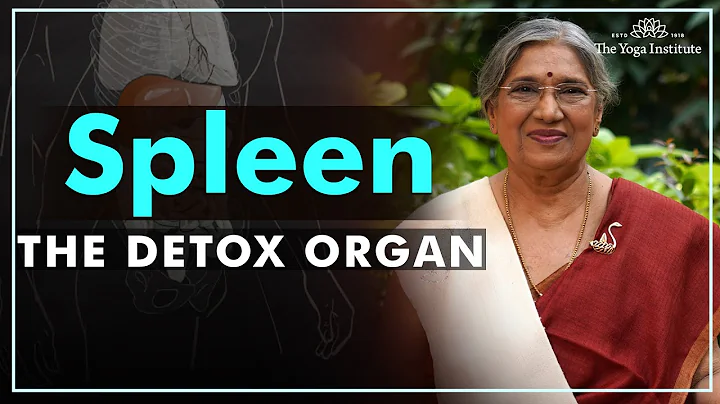Sandware is a daily life tool, also known as sand pottery, between pottery and porcelain. Ceramic products made of sand, clay and other raw materials that are not easy to transfer heat are fired at high temperature and have the characteristics of air permeability, adsorption, uniform heat transfer, and slow heat dissipation. It can withstand hundreds of degrees of high temperature and dry burning without cracking, and has strong practicability in northern families.
Fenyang Shizhuang is surrounded by mountains and rivers, and is known as the "strategic highland". Shizhuang Town’s Dongwu Fort area has a profound cultural heritage and rich sandware resources. For hundreds of years, the ancient traditional sandware hand-making skills have been passed down from generation to generation here and have been passed down to this day. The sandware made in Shizhuang uses local crucible soil and coal as raw materials. The process flow is divided into: mixing mud, stepping mud, billet making, firing, etc.
The main raw material of sand tools produced in Tobu Fort, Shizhuang Village, the resource range of clay, the reserves are extremely large, and it has conventional mining value. The main raw material of sandware is clay, fine soil, strong viscosity, no pollution, no toxic and harmful elements, and ecological. This clay is unique in Shizhuang area in Fenyang.
Shizhuang is a large coal-producing town, which has sufficient raw materials and fuel resources for sandware. Fenyang Shizhuang's sandware production was once brilliant. The progress of the times and the convenience of transportation caused its market to shrink, but the convenience brought to the mountain people in that era left a deep impression on people.
Now we have to keep the memory, keep the traditional craftsmanship, and restore its handicraft style.
The inheritance lineage of Fenyang Shizhuang Towubao sandware making process:
The first generation: Lei Fuhua, male, heir of the Qing Dynasty, birth and death year unknown, Fenyang Shizhuang Town Dongwubao village.
Second generation: Lei Tingjun, male, heir during the Republic of China, born in 1902, died in 1985, from Dongwubao Village, Shizhuang Town, Fenyang.
Third generation: Lei Yongzhi, male, born in 1936, 80 years old, from Dongwubao Village, Shizhuang Town, Fenyang.
Fourth generation: Lei Jinying, male, heir after the founding of the People's Republic of China, born in 1966, now 50 years old, from Dongwubao Village, Shizhuang Town, Fenyang.
.










